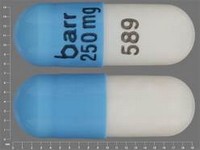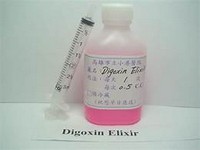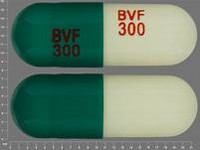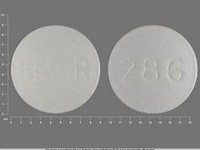pyridoxine hydrochloride

CLINICAL USE
Vitamin B6
DOSE IN NORMAL RENAL FUNCTION
Deficiency:
20 to 50 : mg up to 3 times daily Prophylaxis against isoniazid neuropathy: 10 to 20 : mg daily; 50 mg 3 times daily for treatmentIdiopathic sideroblastic anaemia: 100– 400 mg daily in divided dosesPremenstrual syndrome: 50–100 mg daily PHARMACOKINETICS
Molecular weight :205.6 %Protein binding :High (as pyridoxal and pyridoxal phosphate) %Excreted unchanged in urine : No data Volume of distribution (L/kg) :No datahalf-life – normal/ESRD (hrs) :15–20 days DOSE IN RENAL IMPAIRMENT
GFR (mL/MIN)
20 to 50 : Dose as in normal renal function 10 to 20 : Dose as in normal renal function <10 : Dose as in normal renal function DOSE IN PATIENTS UNDERGOING RENAL REPLACEMENT THERAPIES
CAPD :Unknown dialysability. Dose as in normal renal function HD :Dialysed. Dose as in normal renal functionHDF/high flux :Dialysed. Dose as in normal renal functionCAV/VVHD :Unknown dialysability. Dose as in normal renal function IMPORTANT DRUG INTERACTIONS
Potentially hazardous interactions with other drugsNone known ADMINISTRATION
Reconstition
– Route
Oral Rate of Administration
–Comments
– OTHER INFORMATION
Long-term use of pyridoxine in doses greater than 200 mg daily has been associated with neuropathy
See how to identify renal failure stages according to GFR calculation
See how to diagnose irreversible renal disease
Home









